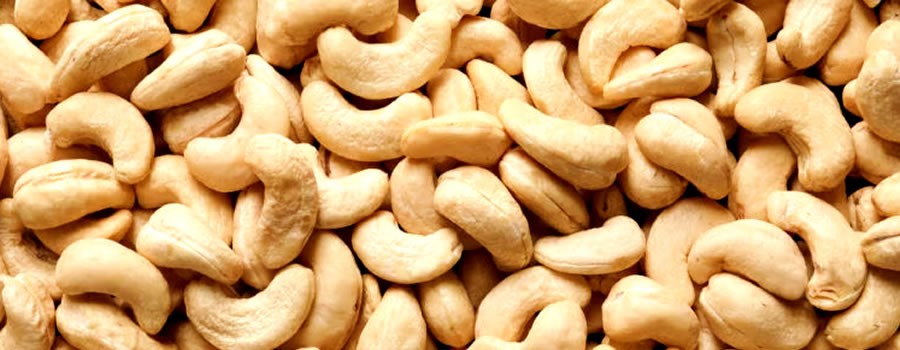IntroductionCashew is the most important cash crop in coastal Kenya. It is grown in Kwale, Kilifi, Tana River Mombasa and Lamu Counties.
Implemetation Details
Cashew is the most important cash crop in coastal Kenya. It is grown in Kwale, Kilifi, Tana River Mombasa and Lamu Counties. The cashew nuts industry directly and indirectly employs 4000 and 50,000 people, respectively. In 2016, the area under cashew was estimated to be 21,284 ha with a production of 11,404 tonnes valued at Kshs. 398,799,443.
Kenya has an installed processing capacity of 45,000 tonnes/year of raw cashew, which is way above production level. In 2015, the country exported 600 tonnes of cashew kernels. The global demand for processed cashew nuts and its accompanying value added products is increasing steadily. The demand for fair trade and organic cashew is also on the increase. These nuts are in high demand in Germany and Nordic countries. Cashew is therefore a good crop for investment and development support.
The cashew nut industry has suffered from a multitude of constraints - socio-economic, bio-physical and technical, which are directly or indirectly linked to production and marketing. Such problems have also affected the quantity and quality of nuts needed for processing. Marketing of cashew nut has been a problem particularly to the producers. It has often been the main factor for the increase and decline of the produce. Cashew production has been an important income generating activity in coastal Kenya.
Due to poor crop management practices, old unproductive orchards, inadequate quality planting materials, high post-harvest losses, prevalence of pests and other diseases and poor marketing infrastructure, the production has declined drastically, thus reducing its economic significance. KALRO has developed various technologies addressing the above constraints with an aim to enhance cashew production in the coastal region. The current project focuses on up-scaling the management technologies in cashew nut production and hence positively contributes to increased agricultural revenues and food security for the farmers in the target region. This is in line with Kenya’s Vision 2030 goals of contributing to food security and improving welfare of Kenyan farmers.


